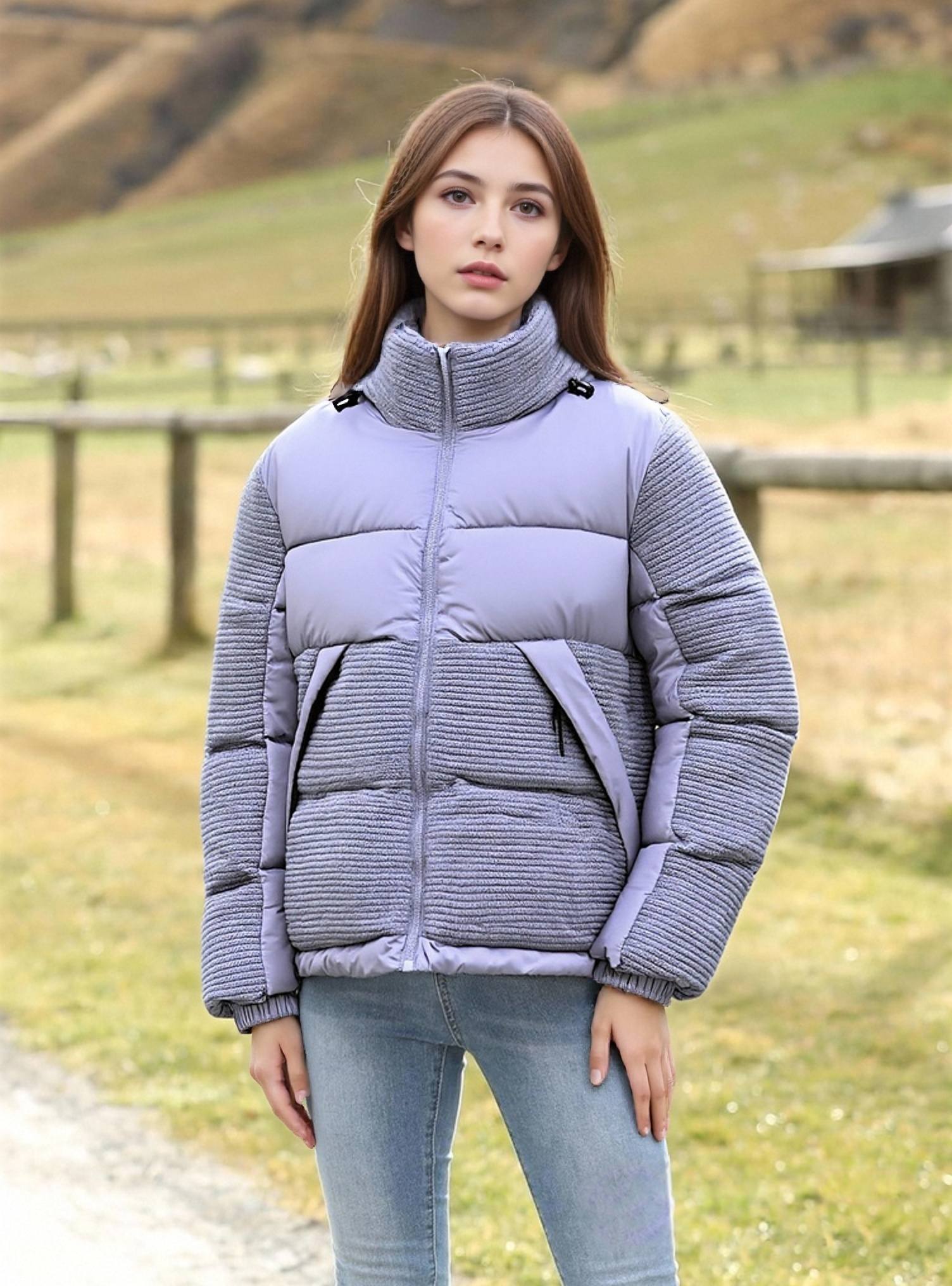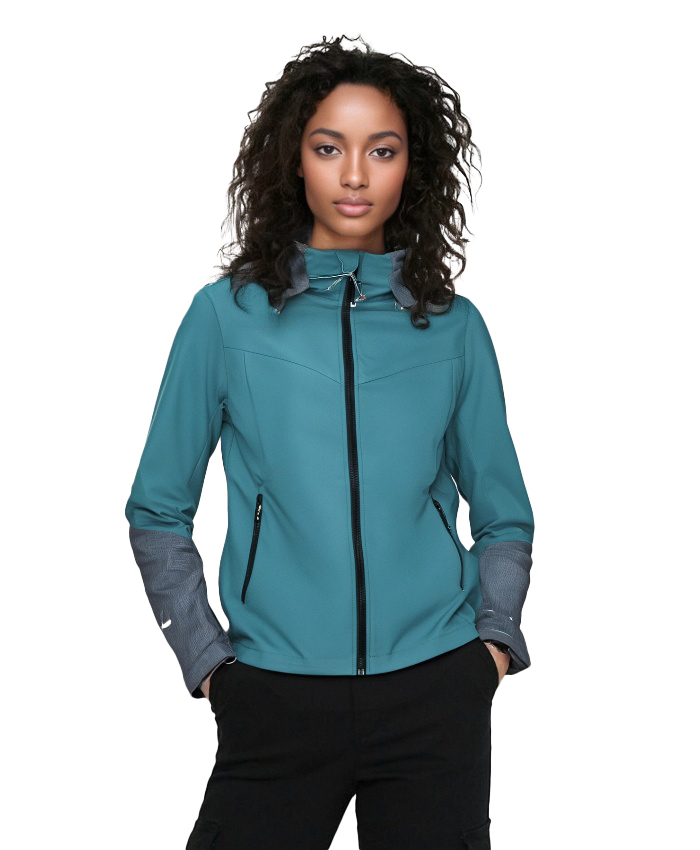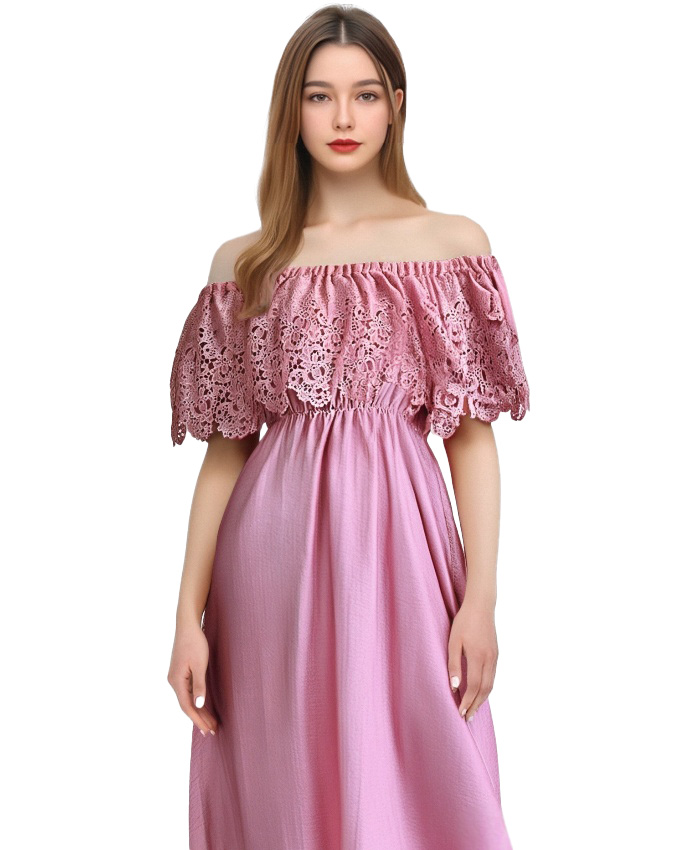はじめにリサイクル・ファッションを越えて
アパレル業界のサステナビリティへの取り組みは、消費者使用後のリサイクルに焦点が当てられることが多い。しかし、真の変革はもっと早い段階、つまり糸と針が出会う前の衣服のライフサイクル全体を再構築するデザイン・ラボで起きている。
I.サーキュラー・ガーメントの解剖学
解体のためのデザイン
-
モジュラー構造:スナップイン・ライナーと交換可能な袖を備えたジャケット
-
物質的一夫一婦制:真のリサイクル性を可能にする単繊維構成
-
バイオロジカル・ブループリント:分解されて土壌の養分になるようデザインされたTシャツ
業界平均12%に対し、主要ブランドは戦略的解体ポイントを通じて92%の材料回収を達成している。
II.化学の静かなるルネッサンス
よりクリーンな分子、よりスマートな繊維
-
酵素染色:従来の方法と比較して95%の水使用量削減
-
自己修復ポリマー:洗濯サイクル中の擦り傷を修復するマイクロカプセル
-
カーボン・マイナス仕上げ:藻類をベースとしたコーティングは、摩耗中にCO₂を隔離する
マテリアル・イノベーション・イニシアティブは、2022年以降、バイオマテリアルの特許が47%増加したと報告している。
III.デジタルツイン革命
バーチャル・プロトタイピングの実社会への影響
-
3Dサンプリング:80%による物理的プロトタイプの削減
-
A.I.フィット予測:バーチャルサイジングで63%の返品を削減
-
ブロックチェーン追跡:農場から格納庫まで、カーボン・フットプリントをライブ・モニタリング
オーロボロスのようなブランドは現在、デジタル専用のクチュールを販売し、物理的な持続可能なコレクションに資金を提供している。
IV.サーキュラリティのビジネスケース
収益性と責任
-
コスト分析:当初の30%のプレミアムが、顧客維持により200%以上の生涯価値を生む
-
規制上の優位性:EUの繊維廃棄物罰金(2025年発効)を回避する早期導入企業
-
投資家へのアピール:78%増のベンチャーキャピタルを惹きつける循環型ブランド (McKinsey 2024)
「持続可能性はマーケティングの切り口ではない。
- エレナ・ロドリゲス、サーキュラー・アパレル連合CFO
V.消費者エンパワーメント・ツールキット
真のサステイナブル・アパレルを読み解く
-
5つの質問テスト:
-
成分は3分以内に分離できるか?
-
素材は単繊維ですか?
-
ブランドは引き取り検証を行っているか?
-
お手入れ方法は堆肥に対応していますか?
-
デジタルパスポートは利用可能か?
-
-
認証デコーダー:ゆりかごからゆりかごまで、GRS、エコテックス サーキュラーの違いを理解する
結論今日デザインされた明日のワードローブ
真のアパレル・イノベーションは、表面的な "エコ・コレクション "を超えて、インテリジェントなデザインを通じて人と地球の両方に敬意を払う、根本的に再設計された衣服へと移行する。




